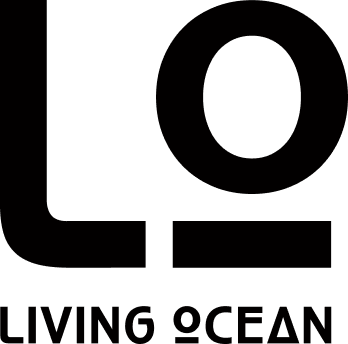About
OceanSounds is a cutting-edge conservation project by Living Ocean, dedicated to collecting acoustic data on marine biodiversity along Australia’s East Coast. By deploying specialized underwater recorders called Hydromoths, we’re creating a “soundscape” of marine life that helps us monitor and understand the ocean in a whole new way. This unique data enables scientists, conservationists, and policy-makers to make informed decisions to protect and preserve marine environments.
OceanSounds contributes acoustic data to the Whales and Climate Program's ECOMAS (East Coast Ocean Monitoring Acoustic System) research initiative. Together, we aim to map marine biodiversity, protect fragile ecosystems, and improve climate resilience for key species along the coastline.
Key objectives
Enhance Marine Biodiversity Mapping: OceanSounds will improve marine biodiversity mapping along Australia’s East Coast, supporting conservation goals aligned with UN Sustainable Development Goals 13 (Climate Action) and 14 (Life Below Water).
Conserve Marine Ecosystems through Acoustic Monitoring: By using bioacoustic monitoring, we gain valuable insights into the movements and health of marine wildlife, supporting conservation efforts that protect vulnerable species and their habitats.
Coastal and Marine Research Centre at Griffith University
Under the guidance of Dr. Jan-Olaf Meynecke, the Centre has developed research protocols for ECOMAS and provides scientific oversight for the OceanSounds project. This partnership allows us to combine our fieldwork with advanced marine research methodologies.
National Parks and Wildlife Service (NPWS)
Local First Nations Rangers working with NPWS in Coffs Harbour are playing an essential role in OceanSounds. They are assisting with the placement of Hydromoths on island moorings, helping us monitor whale activity in this biodiverse region.
Sundive Byron Bay
At our Byron Bay location within the Cape Byron Marine Park, the team at Sundive helps maintain Hydromoth devices attached to DPI (Department of Primary Industries) buoys. Their strategic setup allows us to capture acoustic data from multiple angles, offering unique insights into whale movement in the passage areas of this marine reserve.
Ocean Warriors Australia
This group will receive training in OceanSounds protocols, helping us expand the monitoring network north of Coffs Harbour and build community engagement in bioacoustic conservation.
Adrift Lab
With early indicators of a mass die-off of shearwater birds linked to marine heatwaves, Adrift Lab is leading critical research in this area. Living Ocean collaborates with Adrift Lab to monitor and document bird populations, providing essential data to improve response strategies for future marine heatwaves.


